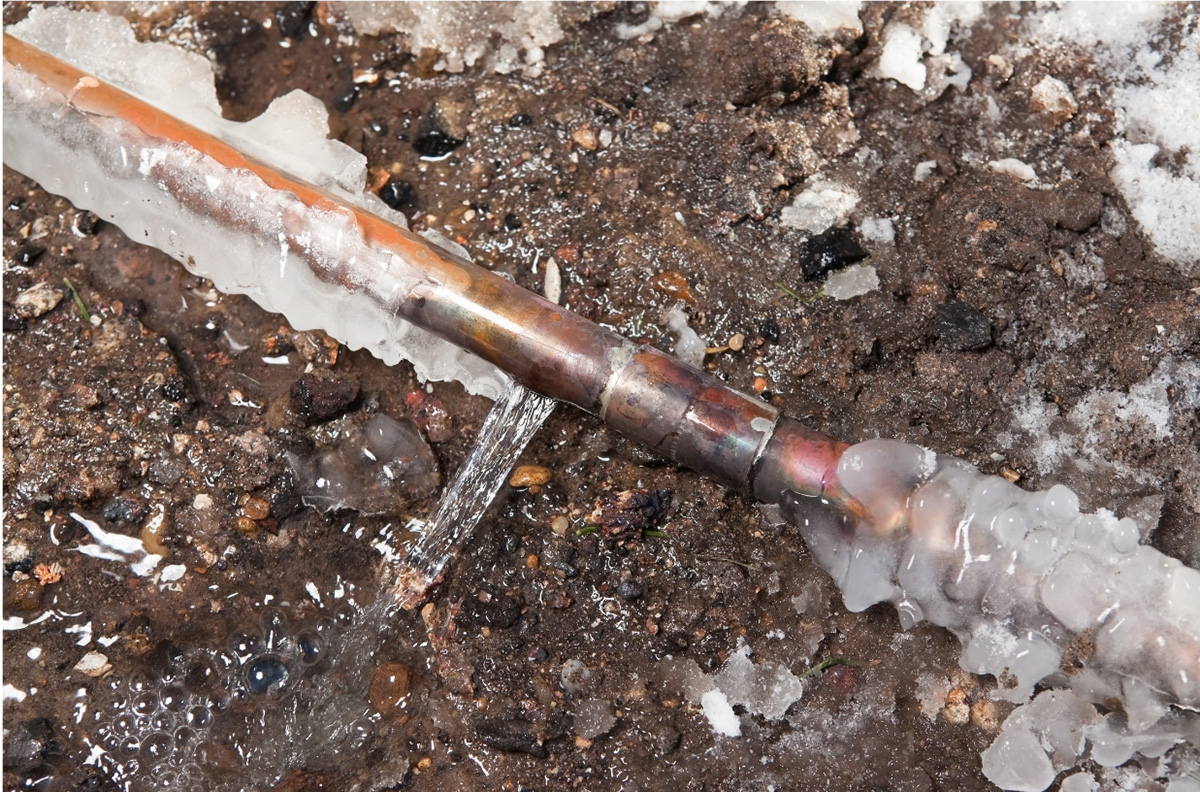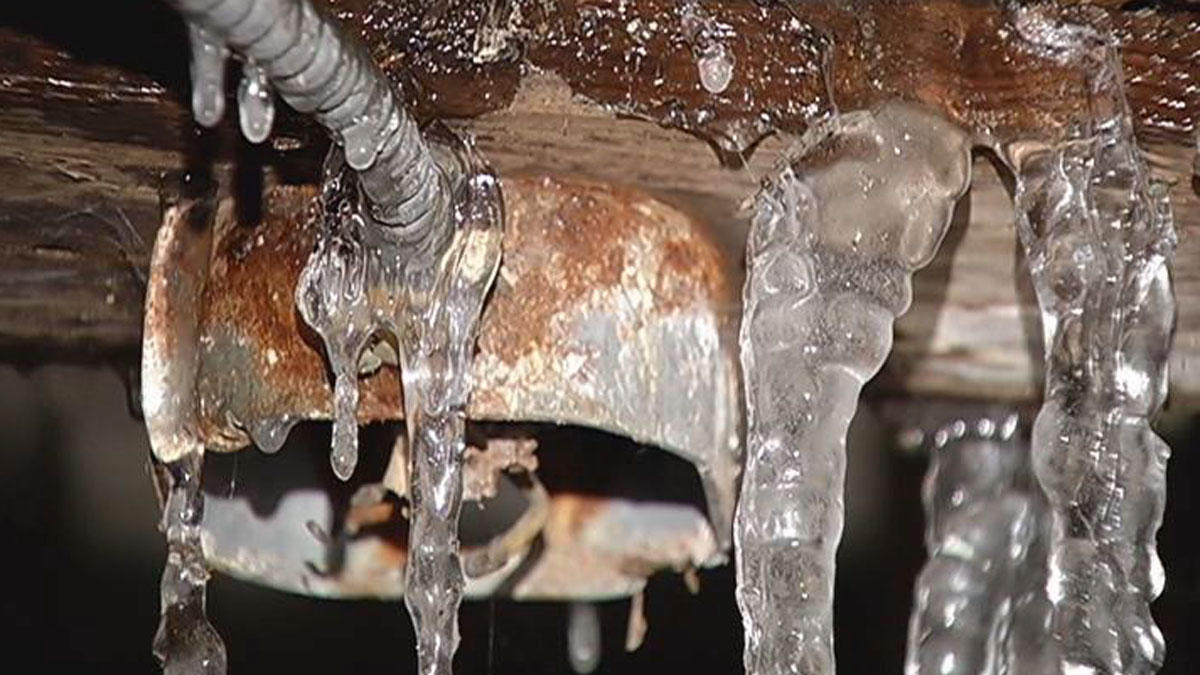Ways to Protect Pipes from Freezing: Specialist Guidance
Ways to Protect Pipes from Freezing: Specialist Guidance
Blog Article
We've stumbled upon this great article about Winter Plumbing Precautions: Preventing Frozen Pipes down the page on the internet and think it made perfect sense to share it with you in this article.

Winter can ruin your pipes, particularly by freezing pipes. Right here's just how to stop it from taking place and what to do if it does.
Introduction
As temperatures drop, the risk of frozen pipes increases, potentially causing pricey repair work and water damages. Recognizing how to avoid icy pipelines is essential for house owners in cool environments.
Avoidance Tips
Insulating susceptible pipes
Wrap pipelines in insulation sleeves or utilize warmth tape to shield them from freezing temperature levels. Concentrate on pipelines in unheated or external locations of the home.
Home heating strategies
Maintain indoor areas appropriately warmed, specifically locations with plumbing. Open cabinet doors to permit cozy air to distribute around pipes under sinks.
How to determine icy pipelines
Search for lowered water circulation from faucets, unusual odors or sounds from pipelines, and noticeable frost on subjected pipelines.
Long-Term Solutions
Structural modifications
Take into consideration rerouting pipelines far from exterior wall surfaces or unheated areas. Include extra insulation to attic rooms, basements, and crawl spaces.
Updating insulation
Purchase high-quality insulation for pipes, attic rooms, and walls. Proper insulation assists maintain consistent temperatures and reduces the threat of icy pipelines.
Securing Outside Plumbing
Yard tubes and outside faucets
Disconnect and drain pipes garden hoses prior to wintertime. Install frost-proof faucets or cover outside faucets with protected caps.
Understanding Icy Pipes
What creates pipes to ice up?
Pipes ice up when subjected to temperature levels below 32 ° F (0 ° C) for expanded periods. As water inside the pipelines ices up, it broadens, taxing the pipe walls and possibly causing them to burst.
Dangers and problems
Frozen pipes can lead to water disturbances, property damages, and costly repair work. Burst pipelines can flooding homes and trigger extensive architectural damages.
Signs of Frozen Water Lines
Identifying icy pipes early can stop them from breaking.
What to Do If Your Pipelines Freeze
Immediate actions to take
If you presume icy pipelines, keep taps available to relieve pressure as the ice melts. Utilize a hairdryer or towels soaked in warm water to thaw pipelines gradually.
Conclusion
Avoiding icy pipelines requires positive measures and fast feedbacks. By understanding the causes, indicators, and preventive measures, homeowners can secure their plumbing throughout cold weather.
6 Proven Ways to Prevent Frozen Pipes and Protect Your Home
Disconnect and Drain Garden Hoses
Before winter arrives, start by disconnecting your garden hoses and draining any remaining water. Close the shut-off valves that supply outdoor hose bibs and leave the outdoor faucet open to allow any residual water to drain. For extra protection, consider using faucet covers throughout the colder months. It’s also important to drain water from any sprinkler supply lines following the manufacturer’s directions.
Insulate Exposed Pipes
Insulating your pipes is an effective way to prevent freezing. Pipe insulation is readily available at home improvement stores and is relatively inexpensive. Pay close attention to pipes in unheated areas such as the attic, basement, crawl spaces, or garage. Apply foam insulation generously to create a buffer against the cold. You can also wrap your pipes in heat tape or thermostat-controlled heat cables for added warmth.
Seal Air Leaks
Inspect your home for any cracks or openings that could let in cold air. Seal any holes around the piping in interior or exterior walls, as well as the sill plates where your home rests on its foundation. Additionally, make sure to keep your garage door closed unless you’re entering or exiting. Leaving it open creates a significant air leak that can lead to frozen pipes.
Allow Warm Air Circulation
During cold snaps, it’s essential to allow warm air to circulate evenly throughout your home. Leave interior doors ajar to promote better airflow. Open kitchen and bathroom cabinets to help distribute heat consistently around the rooms. If you have small children or pets, be sure to remove any household chemicals or potentially harmful cleaners from open cabinets for safety.
Let Faucets Drip
A small trickle of water can make a big difference in preventing ice formation inside your pipes. When temperatures drop significantly, start a drip of water from all faucets served by exposed pipes. This continuous flow helps prevent the water from freezing. Additionally, running a few faucets slightly can relieve pressure inside the pipes, reducing the chances of a rupture if the water inside does freeze.
https://choateshvac.com/6-proven-ways-to-prevent-frozen-pipes-and-protect-your-home/

Hopefully you liked our topic about How To Avoid Freezing Pipes. Thanks so much for taking a few minutes to read our piece of content. Do you know somebody else who is enthusiastic about the topic? Take a moment to promote it. Thanks a lot for going through it.
At This Website Report this page